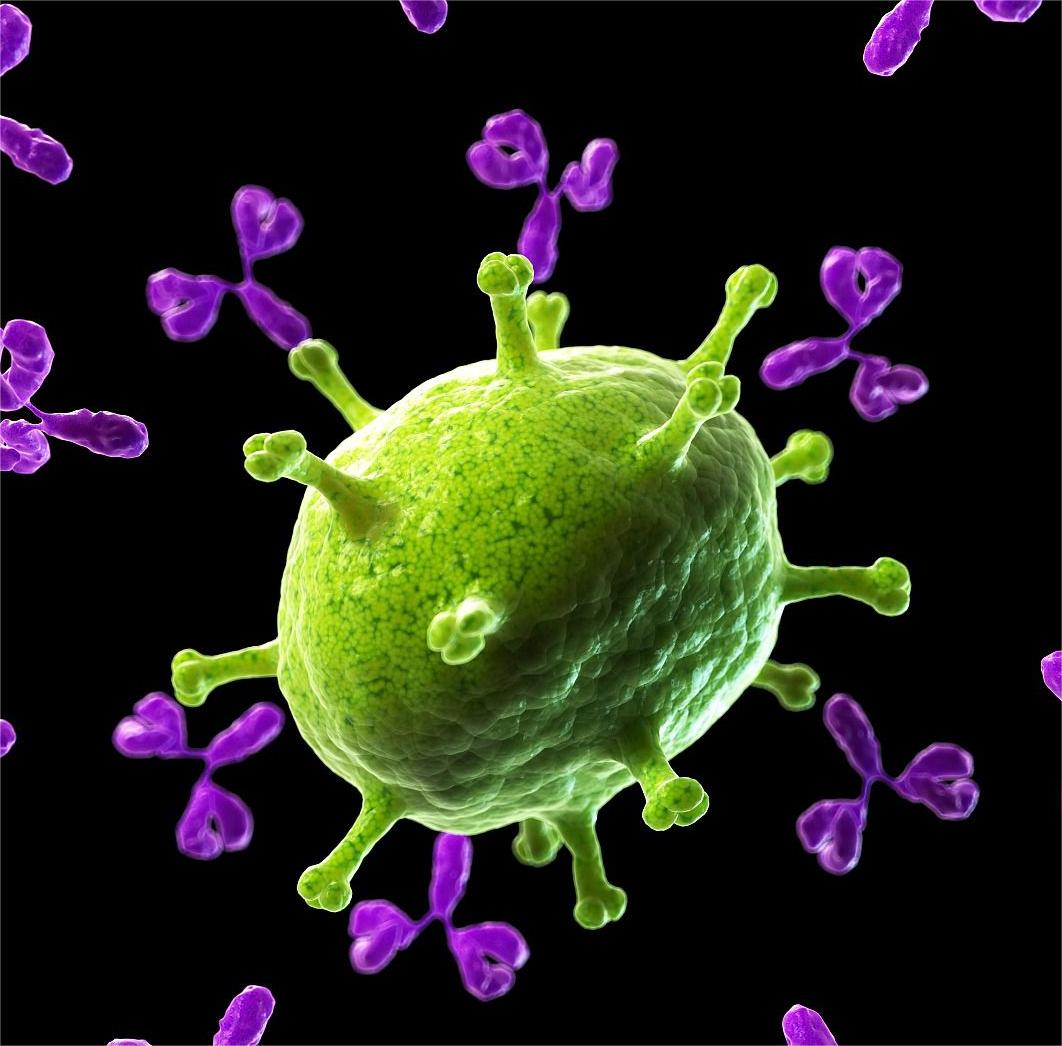Infectious cyst disease
Etiological characteristics:
1. Attributes and classifications
Infectious cystic disease virus belongs to the double-stranded double-segmented RNA virus family and the double-stranded double-segmented RNA virus genus. It has two serotypes, namely serotype I (chicken-derived strain) and serotype II (turkey-derived strain). . Among them, the virulence of serotype I strains varies greatly.
2. Virus proliferation
The virus can grow and reproduce on chicken embryos. It will kill the chicken embryos 3-5 days after being inoculated into the chorioallantoic membrane. It will cause edema all over the chicken embryos, congestion and spot-like bleeding in the head and toes, and mottled necrosis of the liver.
3. Resistance
The virus is highly resistant, light-resistant, resistant to repeated freezing and thawing, and is resistant to trypsin, chloroform, and ether. It has strong tolerance to heat and can survive at 56°C for 5 hours and 60°C for 30 minutes; the virus can survive in contaminated chicken houses for 100 days. The virus is sensitive to disinfectants such as peracetic acid, sodium hypochlorite, bleaching powder and iodine preparations with conventional disinfection concentrations, and the virus can be inactivated in a short time.
4. Hemagglutination
The virus cannot agglutinate the red blood cells of chickens and many other animals.
Post time: Dec-19-2023

